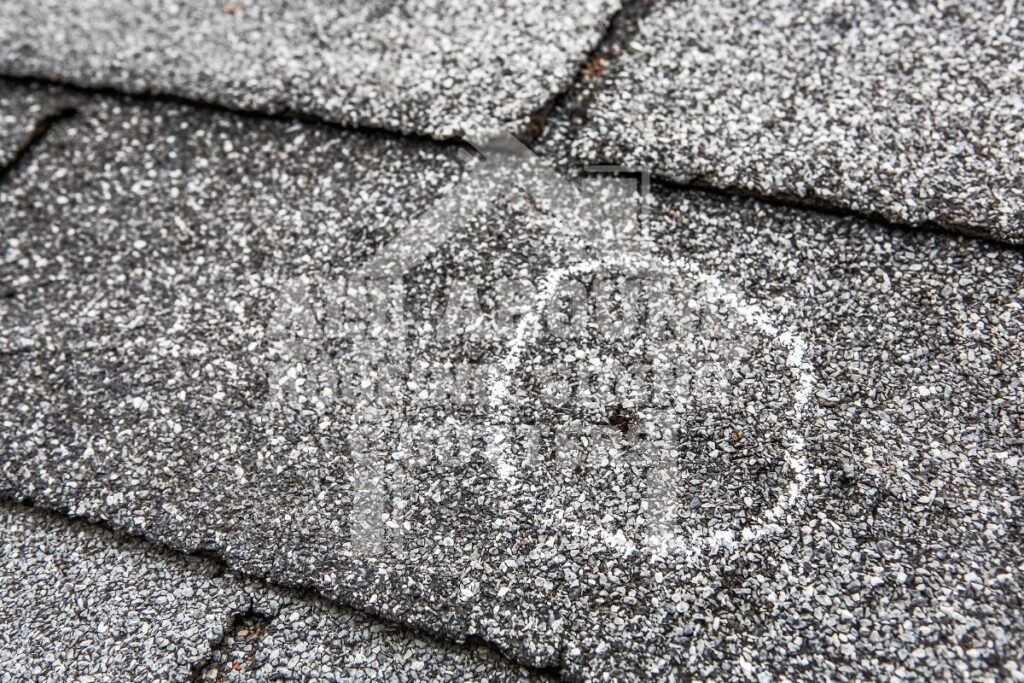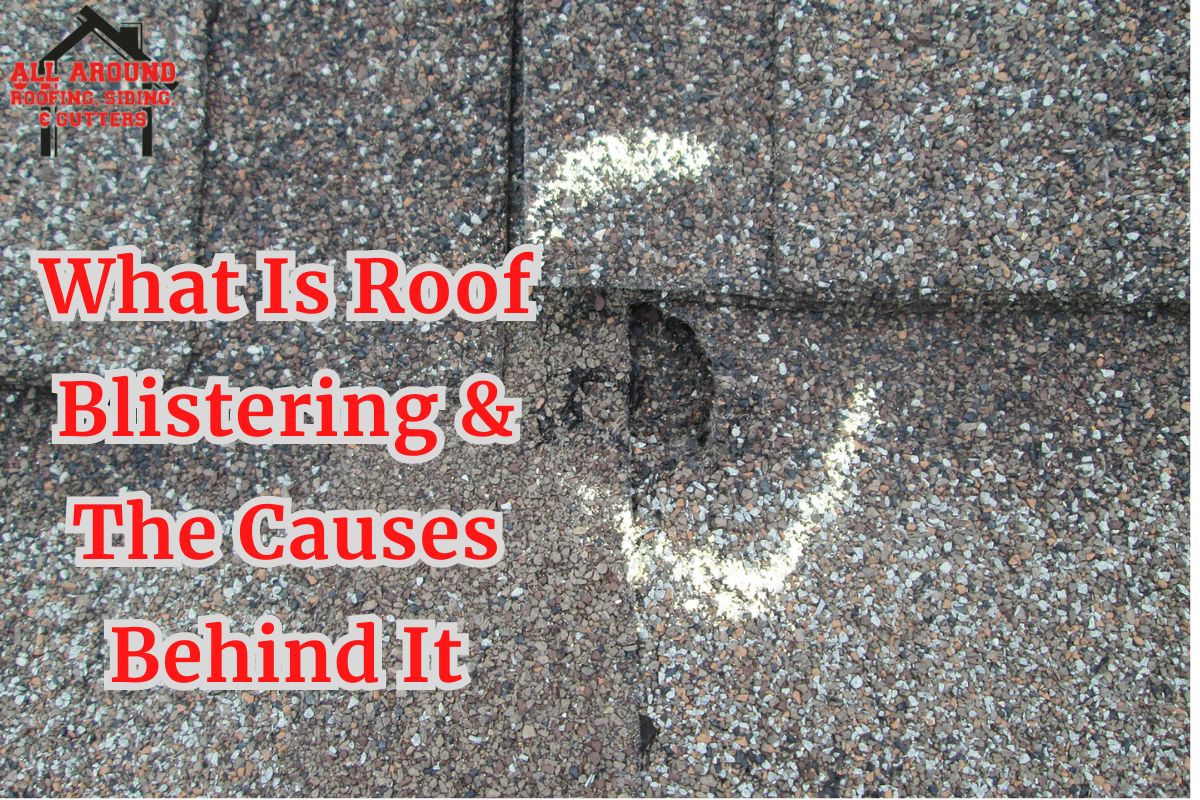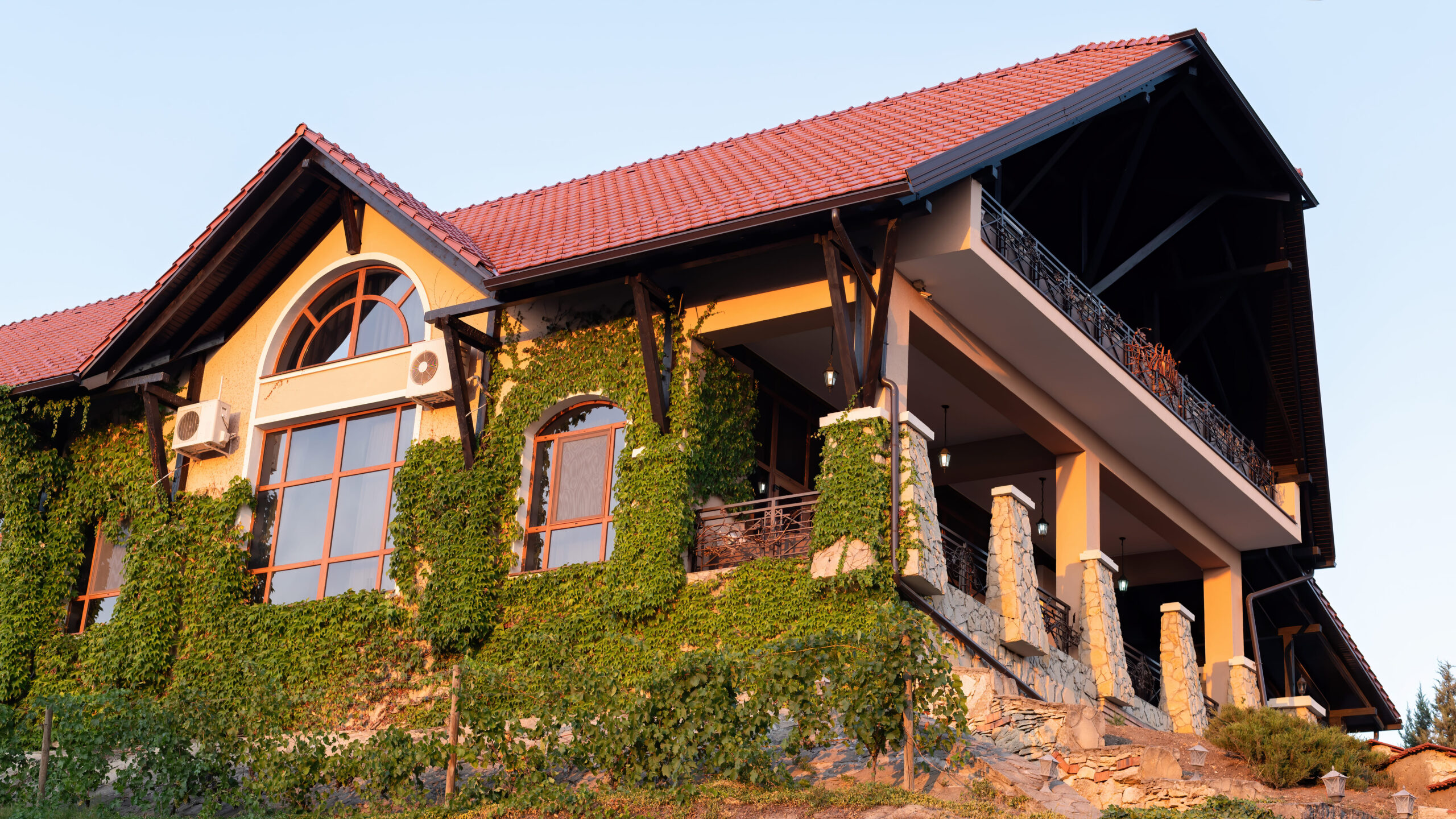Picture this: It’s a beautiful summer day, with clear skies and a gentle breeze. Everything seems perfect until you spot some odd bubble-like formations on your roof. What could they be? You might be witnessing roof blistering, a subtle but potentially harmful issue that can affect your entire home, not just the roofing system.
In this blog post, we’ll take a look into roof blistering and understand why it’s important to keep your home in the best shape.
What Is Roof Blistering?
Roof blistering is a common issue that can manifest on many different types of roofs, including membrane, shingle, and flat roofs. It appears as raised lumps that resemble bubbles and is especially noticeable on asphalt shingle roofs. These bumps are filled with moisture or trapped air and indicate weakened material adhesion.
Smaller blisters are usually harmless, but larger ones can cause serious damage if left untreated, possibly jeopardizing the integrity of the roofing system. This problem is caused by variations in temperature, humidity, air and moisture trapped inside the roof, or poor installation, which leaves bubbles or blisters on the roof’s surface.
Therefore, immediate action is necessary to prevent additional harm and maintain the roof’s longevity.
What Causes Blistering On A Roof?
Now that you know what roof blistering is, it is important as a homeowner you know the different factors that cause it. Some of them are:

1. Poor Ventilation:
High temperatures resulting from inadequate attic ventilation can cause the roofing materials
to overheat and form blisters. Appropriate ventilation is necessary to control humidity and temperature, preventing moisture buildup that can lead to blisters.
2. Manufacturing Defects:
Roof blistering may result from mistakes made during the manufacturing process of the roofing materials, such as incorrect or inconsistent placement of granules. Choosing high-quality products from reliable producers lowers the possibility of blistering caused by manufacturing.
3. Weather Conditions:
Severe weather variations, such as unexpected temperature shifts, can put excessive strain on roofing materials, deteriorating their integrity and encouraging the growth of blisters. Adequate insulation with weatherproofing helps lower down the impact of weather-related factors on roof blistering.
4. Moisture Buildup:
Accumulation of moisture beneath roof coatings or shingles can produce vapor when heated, causing expansion and blister formation. Proper moisture management and ventilation systems are crucial to prevent moisture-related blistering.
5. Installation Issues:
Improper installation practices, such as inadequate sealing or the use of inferior materials, can create conditions conducive to blister formation. Adhering to correct installation procedures and utilizing high-quality materials are essential to minimize the risk of blister development.
What Are The Potential Consequences Of Roof Blistering?
1. Shortened Roof Lifespan:
Roof blistering can drastically reduce the lifespan of a roof. Blisters cause the protective granules on the surface to disintegrate, speeding up UV damage to the shingles. This breakdown can cause shingles to crack, delaminate, and eventually fall off, leaving the roof vulnerable to further harm.
2. Structural Damage:
As blisters grow, they weaken the roof’s structure. Burst blisters can compromise its integrity, leading to leaks and structural harm. In severe cases, extensive blistering may necessitate a complete roof replacement to maintain the building’s structural stability.
3. Aesthetic Degradation:
Beyond functionality, roof blistering impacts the roof’s appearance. Blisters create an uneven surface, diminishing the property’s visual appeal. Missing shingles due to blistering can result in a patchy roof, reducing the home’s curb appeal.
4. Increased Maintenance Costs:
Addressing roof blistering requires timely repairs or replacement. Ignoring blisters can result in more extensive damage over time, escalating maintenance expenses. Regular maintenance and prompt blister repair help manage long-term costs.
5. Risk of Water Damage:
Water-filled blisters, particularly in flat roofs, pose a risk of water infiltration. Freezing water in blisters can cause the roof membrane to split, leading to leaks. Water damage from roof blistering can harm the interior of the home or building, causing structural issues and mold growth.
6. Energy Inefficiency:
Improper ventilation can overheat the roof deck. Overheated shingles release gas, worsening blister formation and reducing energy efficiency. Inadequate ventilation affects overall energy consumption, impacting heating and cooling costs.
How To Prevent Roof Blistering
1. Proper Ventilation
Good attic ventilation prevents roof blistering by allowing heat to escape, reducing excessive expansion and contraction of roofing materials. This helps regulate roof temperature and minimize moisture buildup.
2. High-Quality Materials
Investing in quality roofing materials prevents blistering. Durable materials resist weather damage, reducing the risk of premature deterioration and blister formation.
3. Regular Inspections
Frequent roof inspections detect blistering early, enabling prompt corrective action to prevent further damage and extend the roof’s lifespan.
4. Cleanliness
Keeping the roof clean and free of debris prevents moisture buildup, a key factor in blister formation. Regular cleaning and proper drainage also enhance the roof’s appearance and durability.
5. Professional Assistance
Professionals can accurately figure out the cause of the blistering and recommend effective solutions to preserve the roof’s integrity.
What Is The Difference Between Hail Damage And Blistering On A Roof?
There are two different kinds of roof damage that look similar: hail damage and roof blistering. Hail damage is the result of hailstones physically hitting the roof, which can lead to leaks as well as dents that are shaped like circles or ovals. On the other hand, internal factors such as trapped moisture or improper installation cause roof blistering, which results in raised bubbles on the surface of the shingles.
While hail damage can often be seen across the entire roof surface and results from impacts from the outside, roof blistering is more confined, fluctuates with temperature, and frequently appears as tiny bubbles or elevated areas on the shingles.
Understanding these differences is essential for proper identification, repairs, and insurance coverage because hail damage is typically covered by insurance, but roof blistering might not be.
Are There Any DIY Fixes For Roof Blistering Before A Professional Repair Is Conducted?
To address roof blistering effectively, prioritize safety and long-term integrity by seeking professional help. While some DIY fixes may offer temporary relief, they often fail to address underlying causes and can worsen issues if not executed correctly.
Professional roofers possess the expertise to recognize and repair blistering, ensuring the structural integrity of the residential or commercial building. Roof blistering can result from various factors such as excess moisture or poor installation, all of which professionals can identify and address comprehensively.
Entrusting repairs to licensed professionals saves time, money, and future headaches, avoiding exacerbation of the problem and safety risks associated with DIY attempts.
Conclusion
Roof blistering represents a prevalent yet frequently underestimated concern that carries significant implications for the well-being and durability of your home. Understanding the underlying causes of roof blistering and taking proactive measures to prevent it are crucial for safeguarding your home. By doing so, you not only shield your home from potential damage but also prolong its lifespan.
For professional assistance in maintaining the health of your roof and addressing any issues like roof blistering, consider reaching out to All Around Roofing, Siding & Gutters. With our expertise and dedication to quality roofing services, you can trust that your roof is in optimal condition, providing lasting protection for your home. Give us a call at (937) 902-2839.




